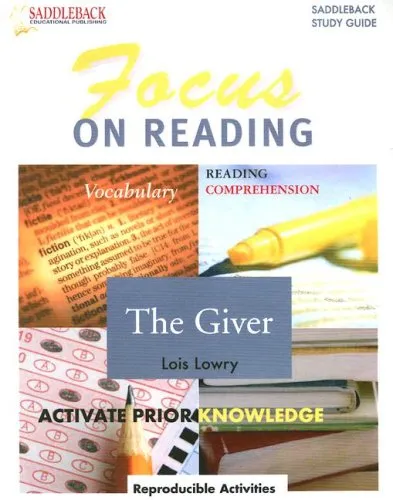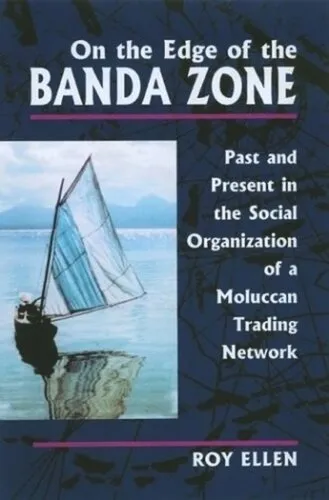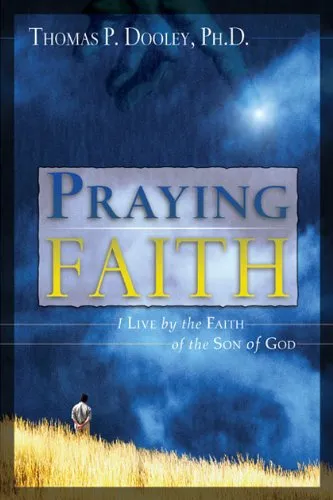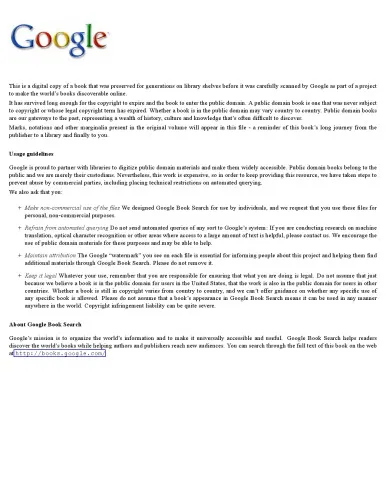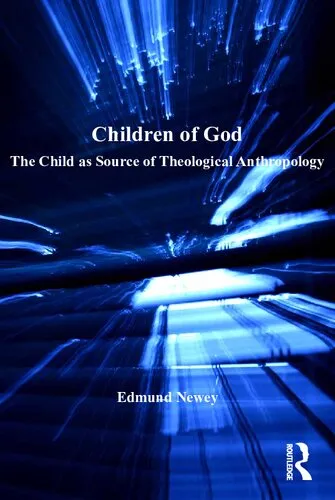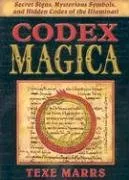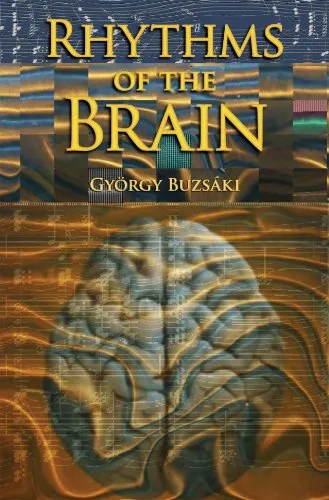Arguments and Icons: Divergent Modes of Religiosity
4.5
Reviews from our users

You Can Ask your questions from this book's AI after Login
Each download or ask from book AI costs 2 points. To earn more free points, please visit the Points Guide Page and complete some valuable actions.Related Refrences:
Introduction to 'Arguments and Icons: Divergent Modes of Religiosity'
Authored by Harvey Whitehouse, 'Arguments and Icons: Divergent Modes of Religiosity' provides a compelling exploration into the cognitive and social dimensions of religious experience. This book examines how distinct modes of religiosity - imagistic and doctrinal - shape beliefs, practices, and social organization.
Detailed Summary of the Book
The central thesis of 'Arguments and Icons: Divergent Modes of Religiosity' revolves around two contrasting modes of religiosity: the doctrinal mode, which is characterized by frequent and routine religious teachings, and the imagistic mode, characterized by rare, intense, and often traumatic rituals. By analyzing a wide range of ethnographic and historical data, Harvey Whitehouse demonstrates how these diverging modes impact the nature of religious communities, their longevity, and the way they integrate with broader socio-political structures.
Whitehouse argues that the doctrinal mode facilitates the formation of large-scale religious communities. These communities are typically united by shared beliefs encoded through frequent rituals and teachings that are easy to transmit across generations. In contrast, the imagistic mode tends to produce smaller, more intimate groups where shared experiences and symbols forge strong emotional bonds among members, despite being less transmissible in terms of uniform beliefs.
This dichotomy helps explain a variety of religious phenomena, from the propagation of world religions to the formation of sects and cults. Through this framework, Whitehouse reinterprets historical events and cultural practices, offering fresh insights into the evolution of human religiosity.
Key Takeaways
- The doctrinal mode is characterized by frequent rituals and teachings that foster long-lasting, large-scale religious traditions.
- The imagistic mode creates deeply personal and emotionally charged religious experiences, often within smaller, tight-knit communities.
- Understanding these modes provides a valuable framework for analyzing religious dynamism and stability across different cultures and historical periods.
Famous Quotes from the Book
"Religious traditions are constructed and maintained through the interplay of doctrinal teachings and imagistic experiences."
"The distinction between doctrinal and imagistic modes influences not just beliefs and practices but the organizational structure and societal impact of religious communities."
Why This Book Matters
'Arguments and Icons: Divergent Modes of Religiosity' offers crucial insights into the cognitive and social underpinnings of religion, a defining feature of human societies. By dissecting how different modes of religiosity function and interact, Harvey Whitehouse provides a framework that not only enhances our understanding of religion but also sheds light on broader human behaviors and institutions. This book is particularly relevant to anthropologists, sociologists, historians, and those interested in the interplay between culture and cognition. Its implications extend beyond academia, offering practical insights into contemporary religious dynamics and intercultural understanding.
Free Direct Download
You Can Download this book after Login
Accessing books through legal platforms and public libraries not only supports the rights of authors and publishers but also contributes to the sustainability of reading culture. Before downloading, please take a moment to consider these options.
Find this book on other platforms:
WorldCat helps you find books in libraries worldwide.
See ratings, reviews, and discussions on Goodreads.
Find and buy rare or used books on AbeBooks.
1466
بازدید4.5
امتیاز0
نظر98%
رضایتReviews:
4.5
Based on 0 users review
Questions & Answers
Ask questions about this book or help others by answering
No questions yet. Be the first to ask!

